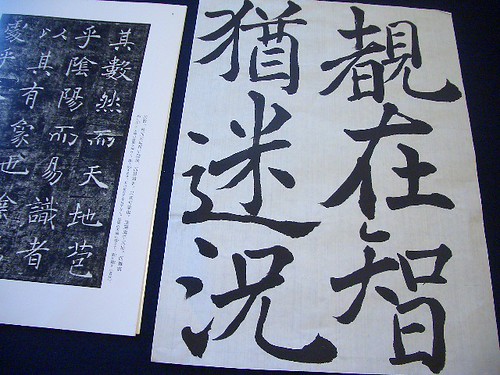The premier form of Islamic Art is calligraphy, which is derived from the French word calligraphie and Greek word kalligraphia, meaning "beautiful handwriting." One of the main reasons that the calligraphy is given a pedestal status in Islam is the Muslim belief that Allah (SWT) used the Arabic language to narrate his divine message to the Prophet Muhammad in the form of Holy Quran. This makes it sacred for Muslims all over the world.
Secondly, Islamic Art cannot be depicted by the use of pictures; therefore, using words as creativity avoids this problem as well. With the invention of the printing press in European countries, the art of calligraphic writing mostly vanished.
The prohibition of picture images spurred Calligraphy in the Muslim world to new heights. It is used to enhance the aesthetic senses in architecture, decorative arts, coins, jewelry, textiles, weapons, tools, paintings, and manuscripts. Thus Calligraphy has been embedded in each and every aspect of the Islamic society.





